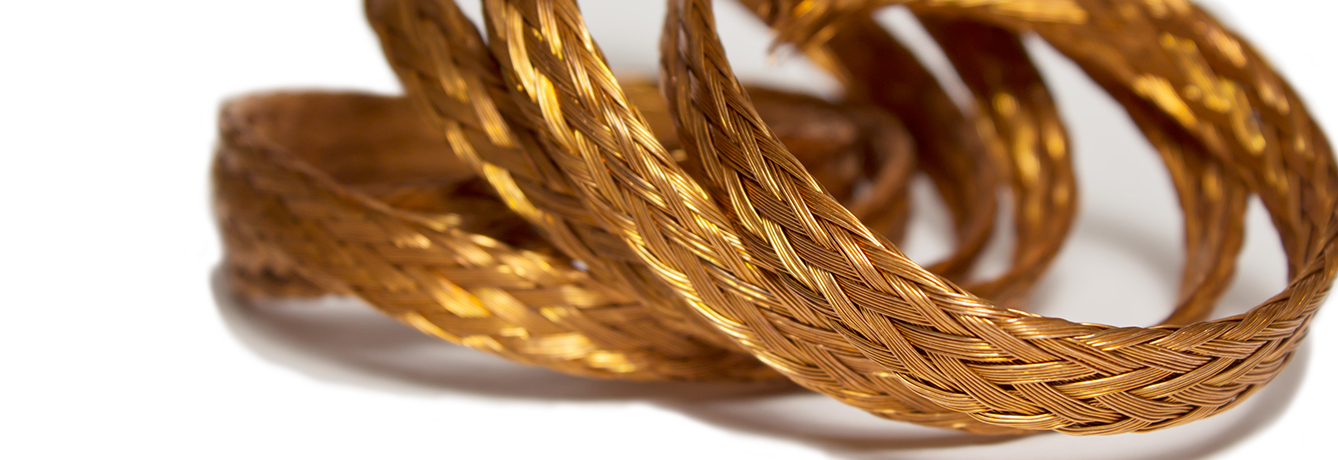When you’re in the grips of arthritis agony you’ll try almost anything to relieve the pain — and among the “alternative” remedies enjoying popularity is the use of copper and sometimes magnetic bracelets. Indeed, an estimated $4 billion is spent annually on various devices employing magnets therapeutically. While such devices may be good business are they good medicine? According to new research testing the efficacy of these bracelets, the answer is emphatically “No.”
The University of York study assigned 45 people over 50 years of age with arthritis to wear various wrist treatments — including a copper bracelet, a magnetic strip, and a placebo, nonmagnetic strip — in random order, for four weeks at a time. Monitoring arthritis symptoms and medication over the course of the study, the study found zero differences in stiffness and pain attributable to copper or magnetic bracelets compared to the placebo wrist strip. So why does demand for such things persist? Lead researcher Stewart Richmond explains, “People tend to buy them when they are in a lot of pain, then when the pain eases over time they attribute this to the device.”
But while copper may be useless around your wrist, it plays an important role in your diet. Your body needs copper to form connective tissue, which may be why one Chinese study found that mothers of premature babies were copper-deficient. Other animal research suggests copper deficiency during pregnancy could impair fetal brain development. Copper also helps prevent loss of bone calcium when dieting. Anemia can be a clue to copper deficiency. For top copper sources, consult the chart below:
| Top Sources | Quantity | RDA |
| Oysters | 3 oz | 247% |
| Lobster | 3 oz | 183% |
| Shiitake Mushrooms | 1 cup | 144% |
| Alaskan King Crab | 3 oz | 111% |
| Roasted Chestnuts | 1 cup | 81% |
| Soybeans | 1 cup | 78% |
| Dry-Roasted Cashews | 1 oz | 70% |
| Sunflower Seeds | 1/4 cup | 66% |
| Clams | 3 oz | 66% |
| Baked Beans | 1 cup | 61% |
Published June 1, 2010



